By Calvin Sim, Senior Physiotherapist, Back2Sport
Athletes who have twisted their knees in sports like basketball, netball, soccer or badminton, commonly complain of their knees giving way or locking. The sensation of giving way is an indication that you may have torn your Anterior Cruciate Ligament (ACL) while locking is an indication of a possible meniscus tear.

ACL Injury
The ACL is a fairly strong ligament found between the knee-joint. Its main role is to limit the forward movement (anterior translation) of the leg bone (tibia) on the thigh bone (femur).
When athletes change direction quickly during their games, they twist their knee inwards. This increases the strain on the ACL and places the ligament at risk of tearing. The ACL tears when the knee is forced downwards and inwards beyond the ligament’s ability to hold it. Athletes who tear their ACL often report hearing a pop on injury.
Unfortunately, the ACL is very rarely the only ligament involved in this kind of injury. It is normally accompanied with a slight tear in the Medial Collateral Ligament (MCL) and either a medial or lateral meniscus (cartilage) tear. These three tears are commonly known as the “Unhappy Triad” or “Terrible Triad”.
Meniscal Injury
The meniscus, which is a crescent-shaped cartilage in the knee joint, acts as a cushion to absorb the impact between the leg and thigh bone. The meniscus is better at handling stress from an up-and-down motion. It doesn’t do as well under a twisting motion especially when compressed. This motion can cause a tear in the meniscus. The knee feels locked when the torn part of the meniscus blocks the movement of the knee.
Immediate swelling and severe pain in the knee are common signs of this Triad injury. However, there are occasions where there will be a delay in the onset of swelling, or even no swelling at all. Remember how you injured the knee – it will help your doctor or physiotherapist in diagnosing this problem.
Solving the Problem
Sadly, the ACL doesn’t heal on its own due to the poor blood supply to the ligament. It would need to be reconstructed surgically by using either your hamstring tendon or patella tendon. It normally takes about 6-9 months before the athlete is able to go back to full training.
Nevertheless, there are about 20 percent of people with ACL tears who are able to go about their day-to-day activities without having their ACL reconstructed. To cope without surgery, the following muscles need to have good strength and control:
– Hamstrings
– Quadriceps (thigh)
– Gluteus Medius
– Gastrocneumius (calf)
Besides doing strengthening exercises, slowly getting back into sports specific training is essential. This is so that your muscles can develop an anticipatory reaction (feed-forward mechanism) to prevent injury.
Sports taping of the knee to support the ACL and MCL can also be done as a temporary measure for the athlete to cope with the injury until the end of the season.
Back2Sports – Sports Injury Management is a division of the Core Concepts Group, a leading musculo-skeletal therapy specialist group in Singapore. For more information, visit www.Back2Sports.com.sg.

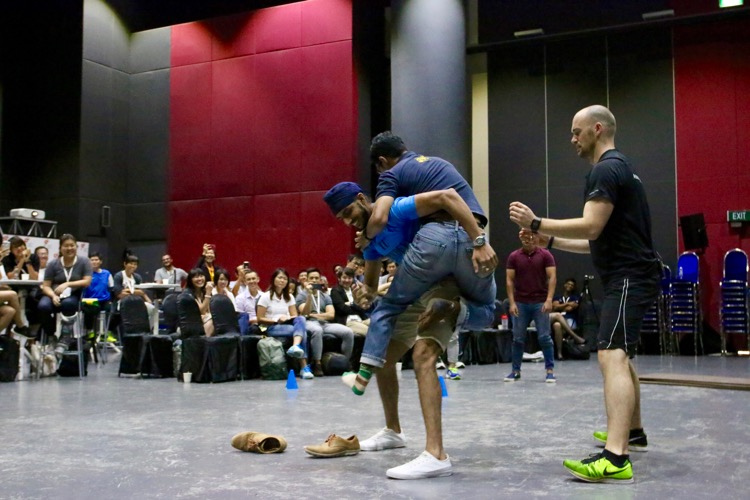

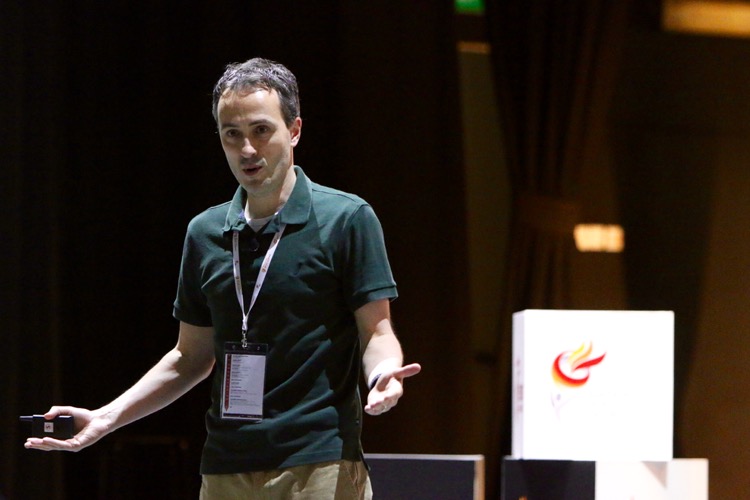
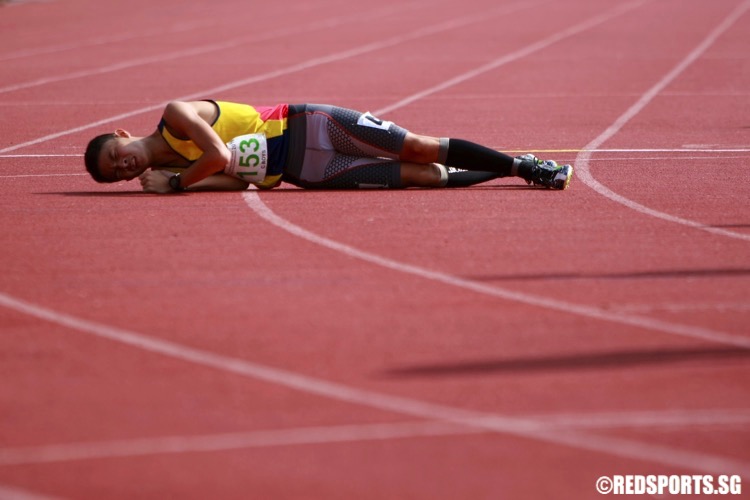
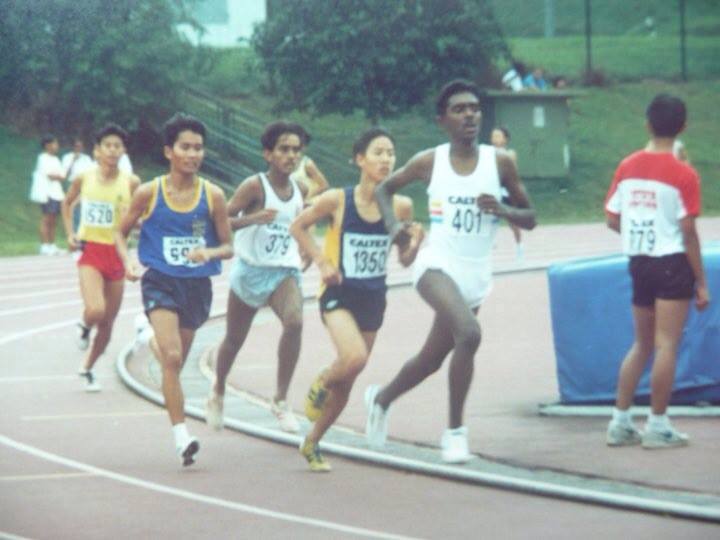
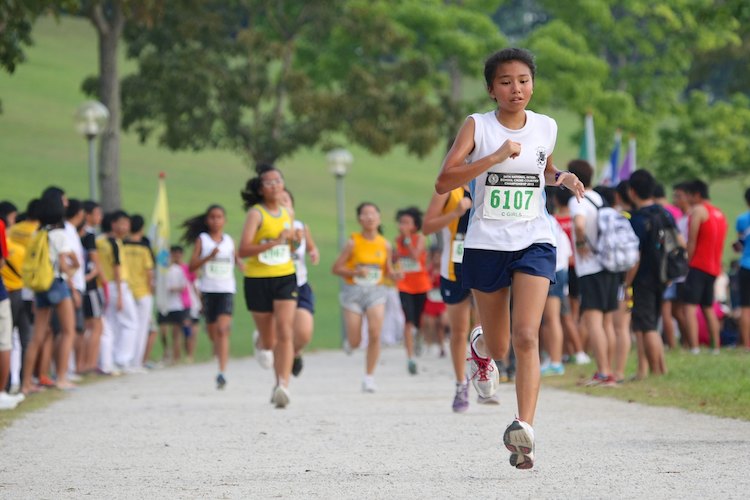
I tore my ACL and a meniscus 3yrs back..kept playing with brace after icing..eventully it took a toll on the knee…cos the longer you prolong the injury ; greater the injury will be…anyway getting it reconstruced in Sept..teh sucky part is the PT and long healing process….so ppl go have your surgery..worth it.. 🙂
i tore two of the lateral collateral ligaments its hard 2 get back 2 ur sport n it sucks waiting for a month
Very informative post.I’m 16 and I’ve torn my ACL and a meniscus already.
Dear Greg,
Though the description of your mom’s injury does sounds like a possible ACL tear, there could be more to it than just an ACL. Bring her to see a doctor and get them to assess your mom’s knee. Feel free to contact me if there’s any futher queries.
Regards
Calvin
Mom needs assistance to be lifted onto her potty chair next to the bed. In doing so, lift and twist onto the chair is required. At te time a very loud pop was heard and immedicately a very large bubble developed below the left knee. She complains with severe pain to the knee and her buttocks. Is this considered an ACL tear based on the information read.
thanks.
It’s a very well-informed post. Educates sports people with not much knowledge of sports injury. Thank you Mr Sim =)